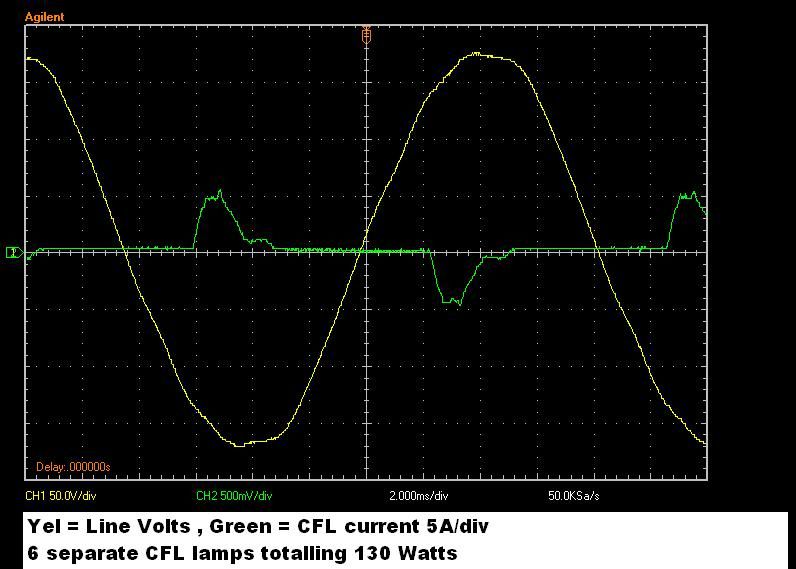Ravenvalor
Senior Member
- Location
- Triad region of NC
- Occupation
- Electrician
I've got a customer who is obsessing over possible EMFs in her home. Is this something that she should be concerned about or is it just another scam industry like the electromagnetic ballast and compact fluorescent lamp industries? For starts, she wants me to remove all of the dimmers in her home. I want my customers to be safe but I don't want them getting ripped off by someone with a gauss meter. My minute understanding of EMFs relating to health issues is that the field is small (6" - 12" max). Any help with this issue would be appreciated.
Thank you,
Jim
Thank you,
Jim

